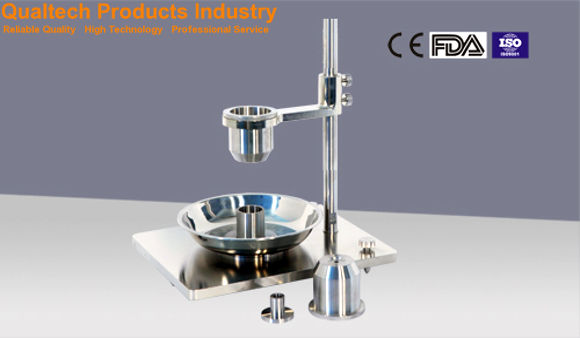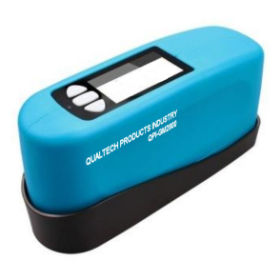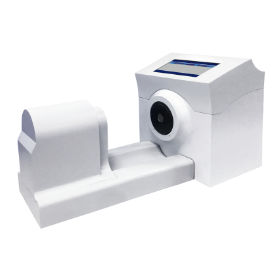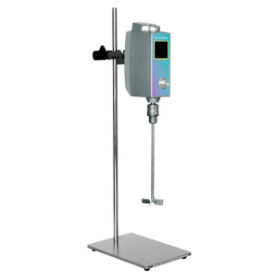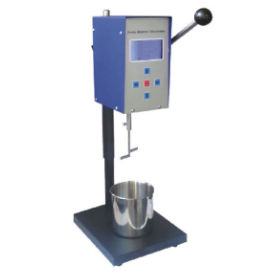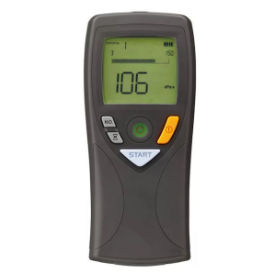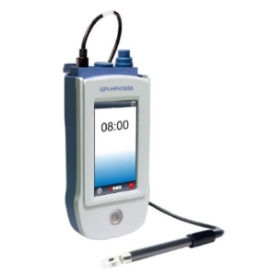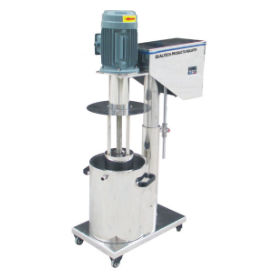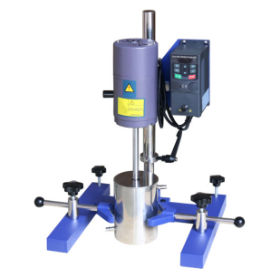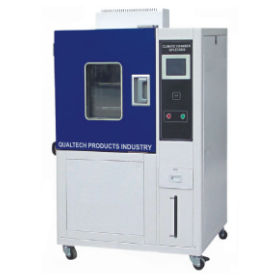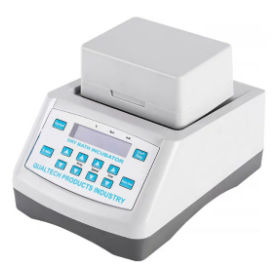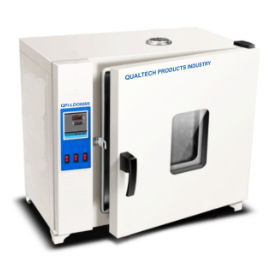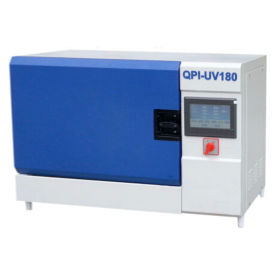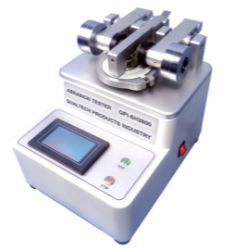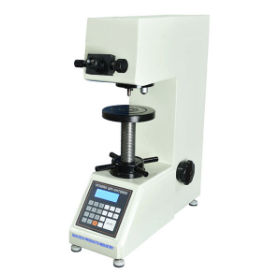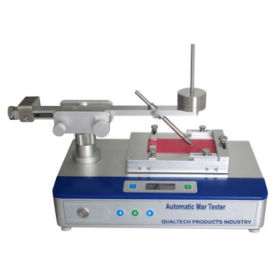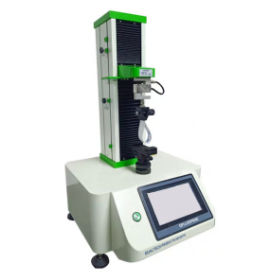ASTM B212 is a standard test method used to determine the apparent density of free-flowing metal powders and mixed powders. It's specifically designed for powders that can flow freely through a designated funnel without needing any external assistance.
Key Points:
Apparent Density: This refers to the density of a powder calculated by dividing its mass by its total volume, including the spaces between particles. It's different from the true density of the solid material the powder is made from.
Hall Flowmeter Funnel QPI-HFM1800: This is a specific funnel with a standardized orifice size used in the test. The powder flows freely through this funnel due to gravity.
Test Procedure:
Equipment: A Hall Flowmeter Funnel QPI-HFM1800, a Density Cup QPI-HFM1800DC and a Precision Analytical Balance QPI-PS120 with appropriate accuracy for measuring the powder mass.
Sample Preparation: Ensure the metal powder sample is dry and free of any lumps or contaminants that might affect flow. Please be very careful with drying your sample powder, if the powder is volatile or flamable or explosive.
Weighing the Density Cup: Weigh the empty density cup or tare the balance to zero with the cup on it. This gives you the empty cup weight.
Loading the Funnel: Carefully pour the prepared and dry powder sample into the Hall Flowmeter Funnel QPI-HFM1800.
Powder Flow and Collection: Allow the powder to flow freely through the funnel into the density cup placed beneath the orifice. Avoid shaking or tapping the funnel.
Overflow and Funnel Rotation: Once the cup is full and starts overflowing, carefully rotate the funnel about 90 degrees horizontally to remove any excess powder clinging to the funnel walls. This ensures all the powder that flowed freely is collected in the cup.
Weighing the Filled Cup: Weigh the cup containing the powder.
Calculations: Subtract the empty cup weight from the weight of the cup with powder to determine the mass of the powder sample.Calculate the volume of the powder in the cup using the cup's known dimensions (assuming a regular geometric shape).
Apparent Density: Finally, divide the mass of the powder sample by its volume in the cup to obtain the apparent density.
Applications:
The apparent density of metal powders is an important property in several metal additive manufacturing (AM) processes, such as 3D printing. It can influence:
- Powder flowability during the printing process
- Packing density of the powder bed
- Porosity of the final printed part
- By understanding the apparent density of the powder using ASTM B212, manufacturers can optimize printing parameters and achieve consistent results.















